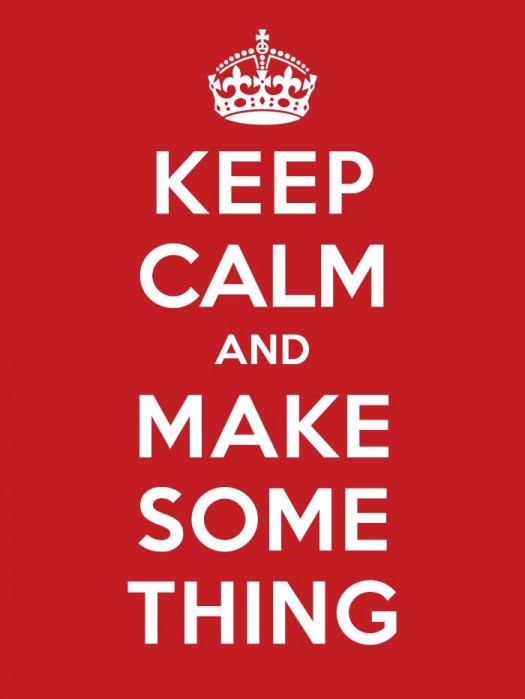A Placemaking Journal
Makers Gonna Make: makerspace v2
Do you have the hands-on gene? If not, the hottest new topic in neurology – epigenetics – suggests that your environment may tweak your genetic tendencies. If you find yourself in a place conducive to creative experimentation, you may just have to put your hands on something. The burgeoning makerspace movement is all about imagination plus engineering.
These shared spaces offer up all sorts of tools, like 3D printers, laser cutters, soldering stations, sewing machines, knitting circles, and smaller tools to check out from a lending library. Some of the more art-oriented makerspaces may have paint rooms, pottery wheels, leatherworks, and metalworking. Or agriculture-oriented makerspaces may have community kitchens, processing, and packaging facilities.
Makerspaces are idea incubators, which just need a designated adult to run the place like a gym to charge membership fees. Or a museum, library, or university to fold the offering into a mandate. If a makerspace has a Saturday market attached, they’re an excellent addition to local business incubators and business accelerators, likely to add industry back to neighborhoods and provide yet one more third place.
The idea of the third place – a neutral gathering place that is neither work nor home – connects us with new colleagues and creates DIY community. Makerspaces are first cousins to social innovation labs, where people of different backgrounds come together to craft interventions that build resilient places.
Art museums are getting into the maker movement, like the Winnipeg Art Gallery, who’s DIY@WAG MakerLabs and OpenMakes are frequently sold out almost as soon as it’s offered up. A natural next step to the extensive art studio that the WAG has been providing for decades, the makerspace has become a new force in the neighbourhood.
Arts and culture have long been neighborhood anchors playing a lead role in creative placemaking. Most of us find it hard to wrap our heads around the fact that museums in the United States receive more visitors every year than all the big-league sporting events and theme parks combined (Economist, 2012). In Canada, arts, heritage, and culture has $38 billion economic impact versus less than $5 billion of the sporting industry.
These numbers are essential to understand the ROI of our scarce infrastructure investment dollars, to fully recognize the massive returns that arts, culture, and heritage deliver. Even before we take into consideration the new makerspace component.
It isn’t just the boomers who support museums: 79% of millenials go to museums to chill out (Arthur Cohen’s Culture Track, 2011). In part because we have less and less neutral neighbourhood gathering places. Museums’ real competition is Netflix, gaming, and other in-home activities.
Universities are starting to add makerspaces to their libraries, and share lessons learned from the experience. Public fabrication workshops and makerspaces, like AssentWorks in Winnipeg, are providing homes for young startups in their Innovation Alley.
“Old ideas can sometimes afford new buildings but new ideas almost always require old buildings.” ~Jane Jacobs
Places with some old, underutilized buildings around are turning eyesores into catalysts, repurposing them as makerspaces. Let us hear about yours!
–Hazel Borys
If PlaceShakers is our soapbox, our Facebook page is where we step down, grab a drink and enjoy a little conversation. Looking for a heads-up on the latest community-building news and perspective from around the web? Click through and “Like” us and we’ll keep you in the loop.










